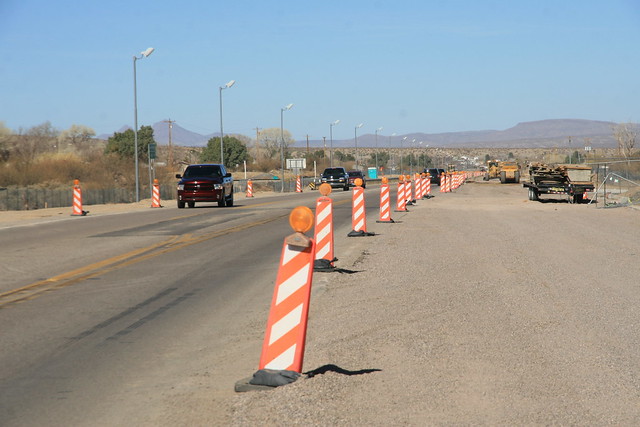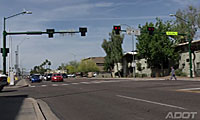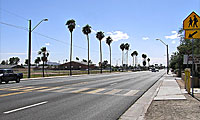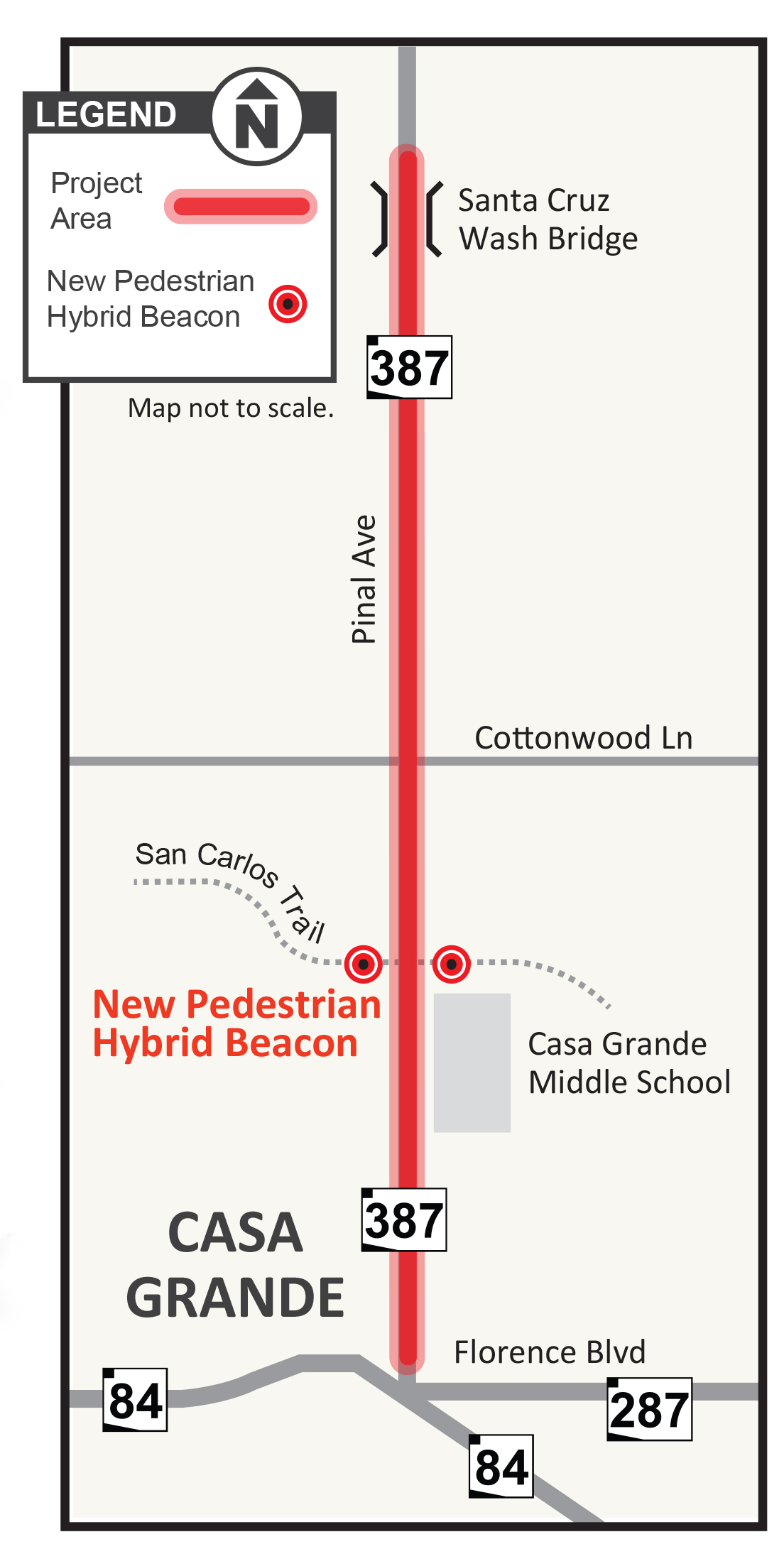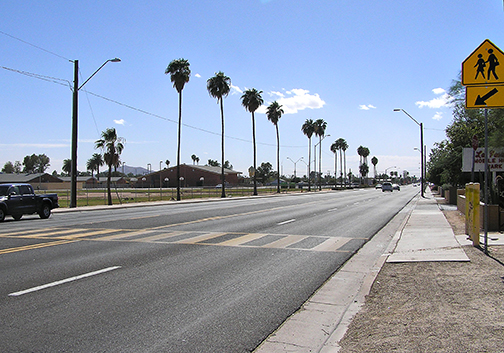ADOT to activate pedestrian hybrid beacon at Pima Drive and Acoma Boulevard in Lake Havasu City
ADOT to activate pedestrian hybrid beacon at Pima Drive and Acoma Boulevard in Lake Havasu City
ADOT to activate pedestrian hybrid beacon at Pima Drive and Acoma Boulevard in Lake Havasu City
ADOT to activate pedestrian hybrid beacon at Pima Drive and Acoma Boulevard in Lake Havasu City
PHOENIX – The Arizona Department of Transportation and Lake Havasu City have partnered to help improve pedestrian safety by constructing a pedestrian hybrid beacon at the intersection of Pima Drive and Acoma Boulevard. The beacon will be activated on Monday, May 17.
A pedestrian hybrid beacon is a traffic control device that assists pedestrians in crossing a street or highway at a marked but unsignaled crosswalk. This special type of traffic light utilizes a system of indicator lights and signs that alerts drivers and controls vehicle traffic.
Information about how the beacon works is available at azdot.gov/phb.
The pedestrian beacon activates after a button is pushed by a pedestrian. Traffic is alerted to stop with a flashing yellow light followed by a solid yellow light and then by two solid red lights, providing motorists with an unmistakable message to stop.
At this point, the pedestrian is signaled to walk safely across the street and the associated pedestrian countdown signal indicates how much time is left to cross the street. During this period, motorists are required to stop and remain stopped until pedestrians have finished crossing the street.
Motorists may proceed with caution when the red lights begin to flash alternatively and the crosswalk is clear of pedestrians.
The project was administered by ADOT on behalf of the city. Lake Havasu City will retain control of the pedestrian signal going forward.



